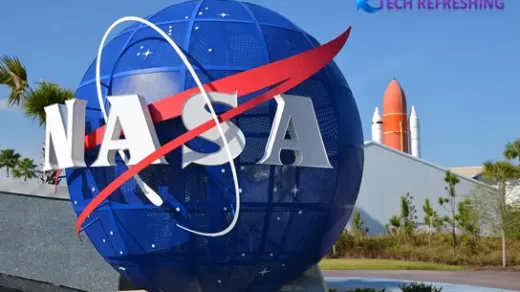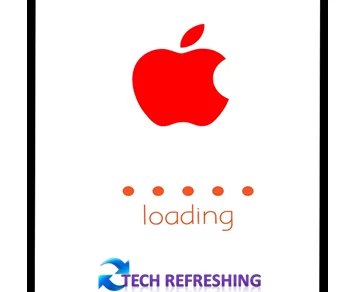ISRO’s LVM-3 Successfully Places 36 OneWeb Satellites in Orbit in Second Commercial Launch
On Sunday, the Indian Space Research Organisation’s (ISRO) LVM-3 successfully completed its second commercial launch by placing 36 OneWeb satellites in orbit. This achievement will enable the UK-based company to initiate global coverage later this year.
Details:
ISRO’s Sixth Launch with LVM-3:
This marks the sixth launch for India’s heaviest rocket, the LVM-3, which includes the launch of Chandrayaan-2 in 2019. The second launch demonstrates the capability of launching multiple satellites in low earth orbit.
Satellites Weight and Placement:
In the latest mission, the 36 satellites were divided into nine groups, with each batch comprising four satellites, and had a total weight of 5,805 kg. Notably, the satellites were placed in a lower orbit of 450-km circular orbit, which was a deviation from the 600-km orbit of previous missions. The reduction in orbit altitude created a challenge for the mission as the satellites’ velocity at launch was higher, making it crucial to sequence the separation in a manner that would avoid collisions.
Confirmation of Launch:
After the launch of the last batch of satellites, there was a 43-minute black-out period during which Indian ground stations could not track the spacecraft. The launch of these satellites was later confirmed when on-board data was transmitted to the ground-stations. This was imperative because the other five batches were injected into orbit during a period when Indian ground stations were unable to monitor the spacecraft.
OneWeb’s Plans:
OneWeb plans to use 588 active satellites in its first-generation constellation, placed in 12 rings of 49 satellites each, with every satellite completing a full trip around the earth in 109 minutes to provide high-speed, low-latency global connectivity.
Third Launch This Year:
The launch of OneWeb satellites marks the eighteenth launch and the third one for this year, adding to a total of 618 satellites in the constellation.
Connectivity for Enterprises, Governments, and Villages:
The LEO (low earth orbit) connectivity solutions offered by OneWeb have enormous potential to connect communities, governments, and enterprises worldwide with high-speed, low-latency connectivity. This connectivity will not only benefit larger towns and cities but also the most remote and difficult-to-access areas of India, including towns, villages, municipalities, and schools. These solutions are secure, reliable and will have a significant impact on connectivity and communication.
ISRO Chairperson’s Address:
After the launch of the 16 satellites visible from Indian ground stations, ISRO chairperson S Somanath expressed his gratitude to OneWeb India and ISRO’s commercial arm, NSIL, for the opportunity and their confidence in ISRO for the launch. He expressed his gratitude towards the ISRO team for their efforts in ensuring the reliability of the rocket, as all six missions utilizing the rocket have been successful without any failure.
India’s Focus on Global Commercial Space Market:
Although India is considered as one of the major space-faring nations, it currently holds only 2% of the commercial market. However, since allowing private players in the space sector in 2020, India has been concentrating on enhancing its portion in the worldwide commercial space market.
Conclusion:
ISRO’s successful launch of 36 OneWeb satellites is a significant achievement that will help OneWeb’s mission to provide global connectivity and secure solutions. ISRO’s efforts to improve India’s share in the global commercial space market will have a positive impact on the country’s economic growth and technological advancement.


